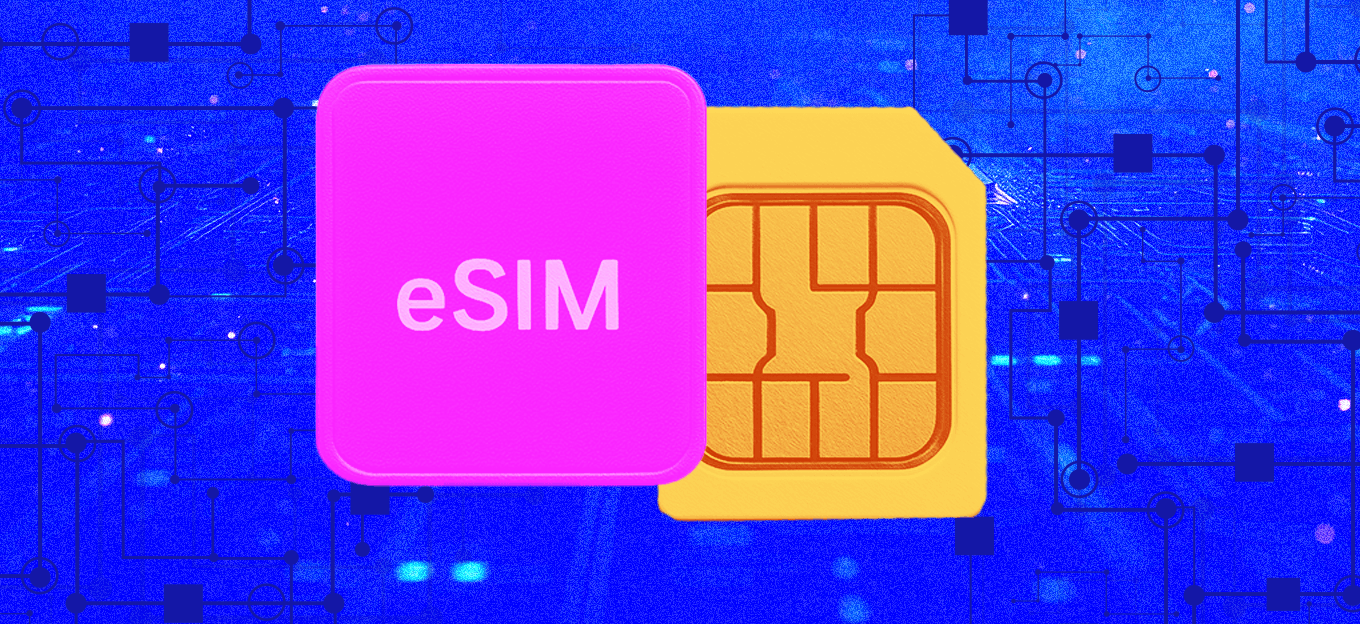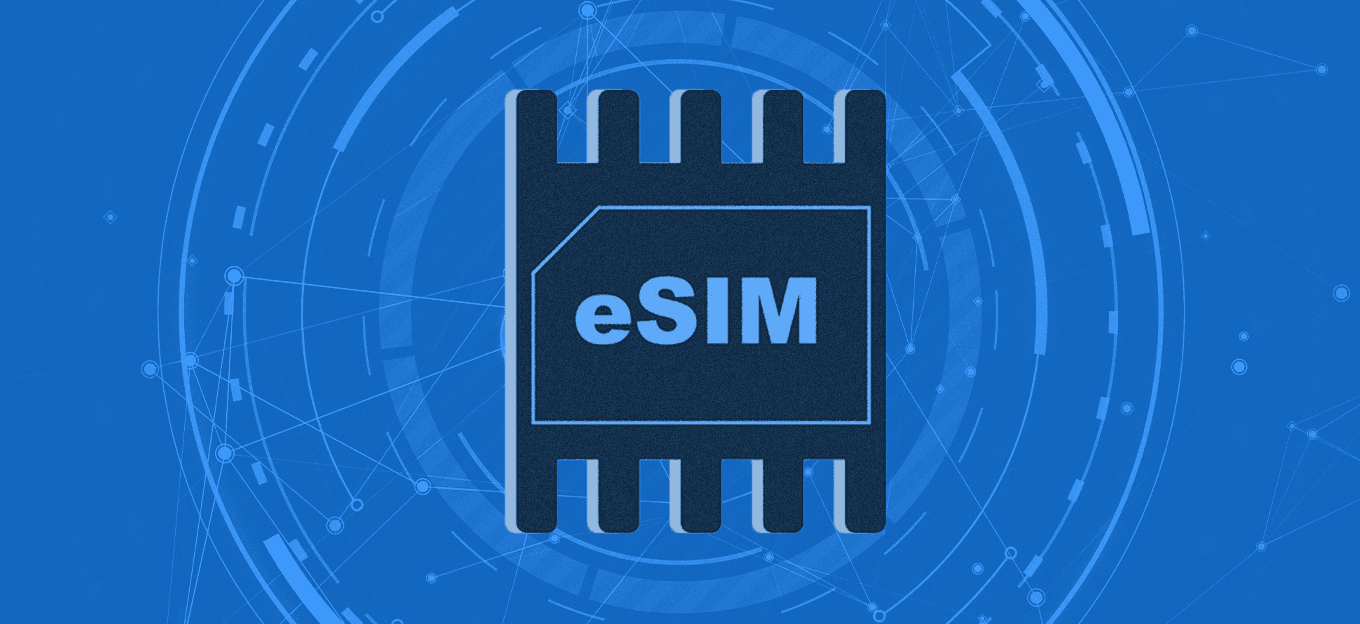SGP.32 and eSIM: Powering the Next Wave of IoT Innovation for OEMs
SGP.32 and eSIM: Powering the Next Wave of IoT Innovation for OEMs
- Last Updated: July 2, 2025
Kigen
- Last Updated: July 2, 2025



For developers, module makers, and OEMs operating in an endlessly dynamic IoT landscape, arriving at a scalable, secure, flexible, and cost-effective connectivity solution is absolutely crucial. Traditional SIM cards, which risk locking devices to one MNO, or running up roaming charges, only add more complications to already complex global deployments. Add in the manufacturing complexity of multiple SKUs, physical vulnerabilities, and form factor limitations, and it’s easy to see why anyone managing large IoT fleets would want a better solution.
Fortunately, eSIM technology spearheaded by the robust GSMA SGP.32 specification, smooths out the speed bumps, empowering OEMs to redefine their IoT strategy with less logistical constraints.
The SGP.32 Revolution: A Unified Standard for a Connected Future
Before SGP.32, when the eSIM world was fragmented between SGP.02 for M2M and SGP.22 for consumer devices, there was no ideal option for the broad IoT ecosystem. Which is precisely why the GSMA introduced SGP.32, a standard engineered for IoT's unique demands, creating a single, flexible, and efficient framework.
The power of the eSIM lies, in large part, with Remote SIM Provisioning (RSP). This technique, enabled by the eSIM’s eUICC (embedded Universal Integrated Circuit Card), allows IoT devices to securely download MNO profiles to the device’s embedded chip, switching profiles over the air. By eliminating the need for physical SIM swaps, remotely-provisioned eSIMs make it simple to use local profiles, cut roaming fees and ensure regulatory compliance.
Powering the Change: Key SGP.32 Components Explained
SGP.32 introduces critical architectural elements to simplify and secure IoT connectivity, enhancing this already powerful functionality:
- The eSIM IoT Manager (eIM): This pivotal server-side component acts as the central hub for remote eSIM profile lifecycle management (download, enabling, disabling, deleting). Unlike user-triggered consumer models, the eIM assumes "user intent," giving OEMs direct connectivity control, independent of MNOs or SIM vendors.
- The IoT Profile Assistant (IPA): A lightweight software agent on the IoT device or embedded in the eUICC, the IPA mediates secure communication between the remote eIM and the eUICC, executing commands like profile downloads. SGP.32 offers flexibility:
- IPAd (IPA in the device): Runs on the device's OS, offering OEMs more control but requiring them to certify the IPA.
- IPAe (IPA in the eUICC): Integrated within the eUICC, reducing OEM complexity as it often comes pre-certified, potentially speeding time-to-market. Choosing between IPAd and IPAe allows OEMs to balance control, development effort, and certification needs.
- Push vs. Pull Provisioning: SGP.32 utilizes a server-initiated "push" mechanism for profile changes, a crucial advancement for remote IoT devices, or devices that don’t have a user interface. This enables true "zero-touch" deployment and management, essential for scaling and maintaining potentially billions of devices.
Transforming Your Operations: Tangible Benefits for OEMs
Adopting SGP.32 can bring profound operational efficiencies. Take manufacturing, for instance. With the single SKU strategy, OEMs can produce one device model with a universal eSIM, personalizing it with the correct operator profile late in production or post-deployment. This simplifies logistics, reduces inventory, and cuts costs associated with multiple hardware variants, minimizing errors and obsolescence.
SGP.32 also supports In-Factory Profile Provisioning (IFPP) via complementary GSMA standards like SGP.41 and SGP.42 (for iSIM). IFPP allows eSIM profiles to be injected via API during manufacturing, eliminating power-intensive in-field provisioning. This is especially beneficial for low-power IoT devices, but accelerates device readiness in any situation.
With SGP.32, the eIM also revolutionizes connectivity management, providing automated, remote control over profile lifecycles. OEMs can seamlessly switch MNOs anytime, offering flexibility for new commercial terms or better coverage, while multi-profile storage ensures network resilience. It also addresses permanent roaming restrictions and local compliance by allowing remote activation of compliant local profiles.
These advancements combined lead to accelerated time-to-market and expanded global reach. The unified standard simplifies ecosystem integration, speeding deployment cycles and lowering barriers for OEMs entering new markets or developing innovative services.
At the end of the day, the ultimate benefit boils down to cost reduction and enhanced operational efficiency. Remote provisioning drastically cuts manual interventions and field visits. Dynamic profile switching allows selection of optimal network profiles based on real-time conditions or policies, optimizing connectivity spend.
Building Trust: Security and Compliance in the SGP.32 Ecosystem
Security and compliance are vital ingredients in any IoT deployment. SGP.32's architecture includes stringent security: cryptographic authentication, TLS/DTLS encryption, and secure profile protection. The eIM enforces these and securely communicates with the SM-DP+ for encrypted profile delivery. SGP.32 supports indirect profile download for enhanced cybersecurity.
The embedded nature of eSIMs offers inherent tamper resistance compared to physical SIMs, bolstered by GSMA certification and compliance frameworks that extend to the eUICC itself, mandating rigorous security certifications for both its hardware and software components to establish a secure foundation from the chip level up. Crucially, achieving GSMA SAS-SM certification for eIM solutions and their hosting sites is key to ensuring their adherence to high security standards across the ecosystem. This validation provides OEMs crucial confidence in device integrity from production.
Embracing the Future: Charting Your Course with SGP.32
To fully leverage the capabilities of SGP.32, you’ll need to do a few things to prepare:
- Assess Your IoT Deployment Needs: Understand device locations, security mandates, coverage, data throughput, and budget to define the optimal connectivity solution.
- Prioritize SGP.32 Compliance in New Designs: Ensure new eSIM modules and solutions conform to the latest SGP.32 specifications for future-proofing and simplified management.
- Strategically Evaluate IPA Placement: Consider trade-offs between IPAd (device-based) and IPAe (eUICC-embedded) based on device capabilities, team expertise, and certification pathways. Pre-certified IPAe solutions can accelerate market entry.
- Develop Your eIM Strategy: Evaluate building internal eIM capabilities or partnering with established, independent eIM providers. Ensure any chosen eIM solution is GSMA SAS-SM certified.
- Explore and Embrace Automation: Investigate using APIs to automate eSIM profile ordering, provisioning, and lifecycle management, integrating these into your MES and backend platforms.
- Partner with Certified and Experienced eSIM Providers: Select specialists offering comprehensive RSP services, robust eUICC OS, and demonstrable GSMA SAS accreditation.
The Future of IoT is Connected, Simplified, and Secure
The GSMA SGP.32 specification opens up a wide range of strategies, offering a clear path to overcome IoT connectivity challenges. With a unified, secure, and flexible RSP framework, SGP.32 gives OEMs the power to streamline manufacturing, enhance agility, reduce costs, and accelerate global IoT deployments.
As the IoT market continues to expand, especially in automotive, logistics, smart metering, and healthcare, SGP.32's capabilities will become increasingly critical, paving the way for billions of devices to be connected more efficiently and intelligently.
The Most Comprehensive IoT Newsletter for Enterprises
Showcasing the highest-quality content, resources, news, and insights from the world of the Internet of Things. Subscribe to remain informed and up-to-date.
New Podcast Episode

What is Hybrid Connectivity for IoT?
Related Articles


